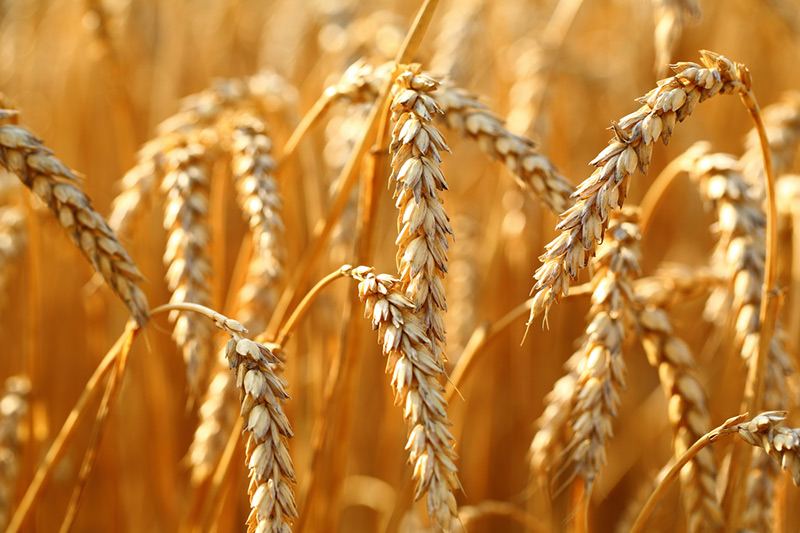Investing.com – Wheat futures advanced on Thursday, trading close to a seven-day high amid speculation that the U.S. wheat harvest may be smaller than government estimates, renewing fears over tightening supplies.
Chicago Mercantile Exchange, wheat futures for September delivery traded at USD7.1062 a bushel during European morning trade, climbing 0.83%.
It earlier rose as much as 1.1% to trade at a daily high of USD7.1112 a bushel, just below a seven-day high of USD7.1200 a bushel.
The U.S. Wheat Quality Council said on Wednesday that wheat production in North Dakota in the 2011-12 marketing season was expected to be lower than the harvest from a year earlier.
Based on 151 samples collected on the council’s annual tour of crops in the state, North Dakota crop yields may average 42.1 bushels an acre compared to 46.3 bushels per acre in the 2010-11 marketing season.
North Dakota is the second largest wheat-producing state in the U.S. and accounts for nearly 47% of the acreage planted to spring wheat in the country, according to the U.S. Department of Agriculture.
According to the USDA, nearly 75% of the U.S. winter-wheat crop was harvested as of July 24, compared to 78% a year earlier and below the five-year average of 80% for this time of year.
Meanwhile, approximately 74% of the U.S. spring-wheat crop was rated in ‘good’ to ‘excellent’ condition, compared to 83% in the same week a year earlier.
The U.S. is the world’s biggest exporter of the grain.
Elsewhere on the Chicago Mercantile Exchange, soybeans for September delivery added 0.15% to trade at USD13.7263 a bushel, while corn for September delivery dipped 0.35% to trade at USD6.8950 a bushel.
Later in the day, the USDA was to release its weekly report on U.S. grain exports, to help gauge the strength of global demand for U.S. supplies.
Corn is the biggest U.S. crop, valued at USD66.7 billion in 2010, followed by soybeans at USD38.9 billion, government figures show. Wheat was fourth at USD13 billion, behind hay.
Chicago Mercantile Exchange, wheat futures for September delivery traded at USD7.1062 a bushel during European morning trade, climbing 0.83%.
It earlier rose as much as 1.1% to trade at a daily high of USD7.1112 a bushel, just below a seven-day high of USD7.1200 a bushel.
The U.S. Wheat Quality Council said on Wednesday that wheat production in North Dakota in the 2011-12 marketing season was expected to be lower than the harvest from a year earlier.
Based on 151 samples collected on the council’s annual tour of crops in the state, North Dakota crop yields may average 42.1 bushels an acre compared to 46.3 bushels per acre in the 2010-11 marketing season.
North Dakota is the second largest wheat-producing state in the U.S. and accounts for nearly 47% of the acreage planted to spring wheat in the country, according to the U.S. Department of Agriculture.
According to the USDA, nearly 75% of the U.S. winter-wheat crop was harvested as of July 24, compared to 78% a year earlier and below the five-year average of 80% for this time of year.
Meanwhile, approximately 74% of the U.S. spring-wheat crop was rated in ‘good’ to ‘excellent’ condition, compared to 83% in the same week a year earlier.
The U.S. is the world’s biggest exporter of the grain.
Elsewhere on the Chicago Mercantile Exchange, soybeans for September delivery added 0.15% to trade at USD13.7263 a bushel, while corn for September delivery dipped 0.35% to trade at USD6.8950 a bushel.
Later in the day, the USDA was to release its weekly report on U.S. grain exports, to help gauge the strength of global demand for U.S. supplies.
Corn is the biggest U.S. crop, valued at USD66.7 billion in 2010, followed by soybeans at USD38.9 billion, government figures show. Wheat was fourth at USD13 billion, behind hay.
